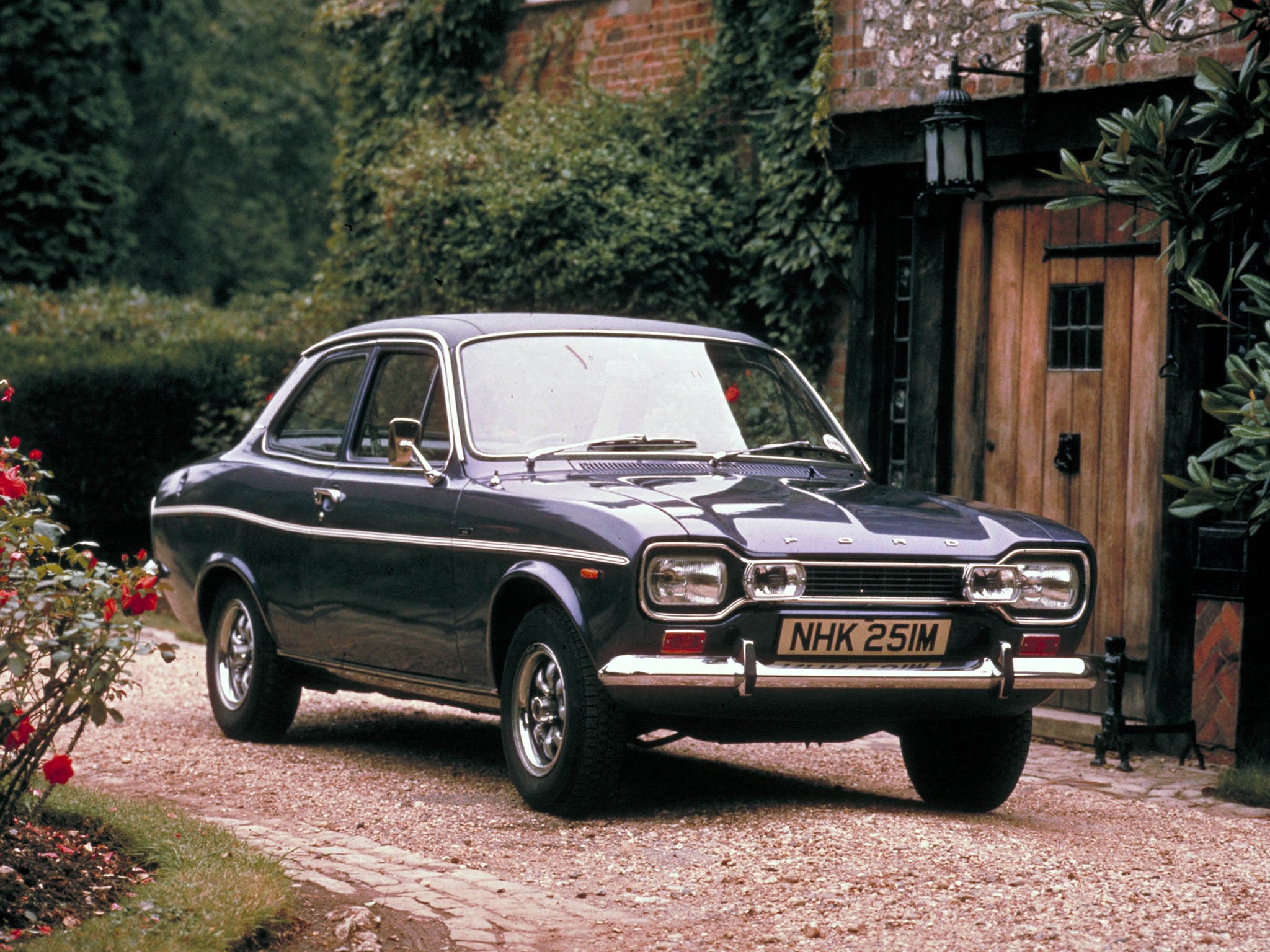Classic 1300E: in praise of the executive Ford Escort
These vintage, luxury models from a bygone era remain highly sought-after

Your support helps us to tell the story
From reproductive rights to climate change to Big Tech, The Independent is on the ground when the story is developing. Whether it's investigating the financials of Elon Musk's pro-Trump PAC or producing our latest documentary, 'The A Word', which shines a light on the American women fighting for reproductive rights, we know how important it is to parse out the facts from the messaging.
At such a critical moment in US history, we need reporters on the ground. Your donation allows us to keep sending journalists to speak to both sides of the story.
The Independent is trusted by Americans across the entire political spectrum. And unlike many other quality news outlets, we choose not to lock Americans out of our reporting and analysis with paywalls. We believe quality journalism should be available to everyone, paid for by those who can afford it.
Your support makes all the difference.In early 1973 Ford dealers were treated to a new film narrated by King of the Voiceover Patrick Allen.
The occasion was the impending launch of the first ever luxury Ford Escort, the 1300E, and as the camera roamed over its vinyl roof and twin halogen auxiliary lamps, Allen enthused about the floor that was “full covered in rich cut-pile carpet” and “clear rearward vision at the flick of a switch”. Forty years ago, ownership of a 1300E was evidence that you were the Jason King of outer suburbia, the sort of international businessman whose Luncheon Voucher quota allowed you to dine at a Berni Inn three times every week.
The Mk 1 Escort range is Byzantine in its complexity, but the 1300E was essentially a combination of the cross flow carb 1.3-litre engine fitted to the GT and Sport versions, allied to a wooden veneered dashboard complete with a rev counter, a cigar lighter and - replacing the plastic upholstery that baked commercial travellers during the summer months - fabric trim. There were also twin reversing lamps, a matt black grille and, as Allen noted, wheels that were “both sporty and elegant”.
The 1300E was originally built at Ford's Advanced Vehicle Operation department in Essex, with some 11,000 buyers attracted by the reasonable price of £1,182. The Escort's top speed of 93mph was reasonable by the standard of the day, it looked sharper than a Triumph Toledo and it was certainly more elegant that the 1974 Vanden Plas 1500 - aka an Allegro with picnic tables. But the 1300E was more than just a way of retaining customer interest in the Mk 1 Escort, for the silver badges on the C-pillars were instantly recognisable to anyone with a working knowledge of the British Ford hierarchy where E equals “Executive”.
Dagenham made its first “Executive” model in 1965 with a special version of the Mk III Zodiac, designed to lure film stars away from their Jaguar Mk Xs. This was replaced in the following year by the Zodiac Executive Mk IV, and by 1967 there was also the Corsair 2000E, with a radio and the most vibrant hubcaps in automotive history as standard. There was also the car that set the standards for all prestigious Fords - the Cortina 1600E. Here the sharp-looking shell of the four-door Mk 2 saloon, a GT engine and lowered suspension from the Lotus-Cortina were combined with a genuinely tasteful interior, resulting in a medium sized-sports saloon that could compete with such continental rivals as the Renault 16TS.
1970 saw the debut of the Capri 3000E but when the Cortina Mk 2 and the Corsair were replaced by the Coke-bottle styled Cortina Mk 3, the flagship model was badged as the GXL. Worse still, its fascia was finished in the very best “woodgrain” plastic, which is possibly one reason why 1600E values remained high throughout the early 1970s. So, when Ford gave the Mk 3 a minor facelift for the 1974 season, it took the opportunity to replace the GXL with the more refined 2000E, assuring potential buyers that the interior contained “lots of wood”. There was also seat fabric that looked like crushed velvet, cut-pile carpets and a MW/LW radio with which to listen to Pete Murray as you cruised up the M3 towards your next sales appointment.
The 2000E was designed to lure reasonably affluent drivers away from their Saab 99s, and its price of £1,638 represented very good value for money. An estate car version was even more stylish, giving middle-managers dreams of being invited to their directors' next shooting party. In the early 1960s, the Ford designer Roy Brown Jr - who died last month - was placed in charge of the Cortina project as a form of internal exile from Detroit following the Edsel debacle, but by the time a 2000E Mk 3 became the three millionth Dagenham Dustbin to leave the production lines, all memories of the lavatory-grilled behemoth were forgotten.
In June 1974, a coupe version of the Granada was heralded by the announcement that “Ghia of Turin has joined forces with Ford to give the best of both possible worlds; the welding of Italian flair in styling and design craftsmanship to Ford's unrivalled skill in engineering and production”. In the Ford hierarchy, prestige was now denoted by a shield-shaped Ghia badge.
By 1976, every British-market Ford, from the Fiesta upwards, was available in Ghia form, and the executive-class models passed into automotive history. Surviving examples of the 1300E and 2000E are highly prized, not just for their sheer style, but also as a reminder of a time when a heated rear window was evidence of enhanced social standing.
Join our commenting forum
Join thought-provoking conversations, follow other Independent readers and see their replies
Comments